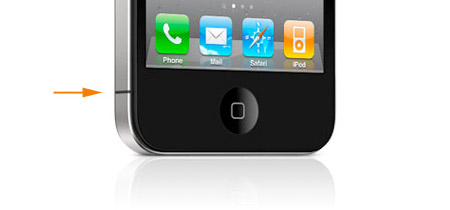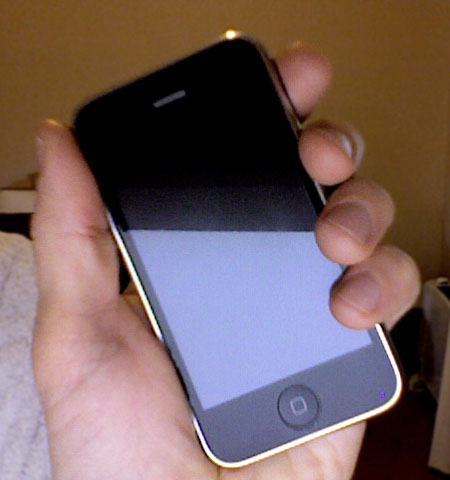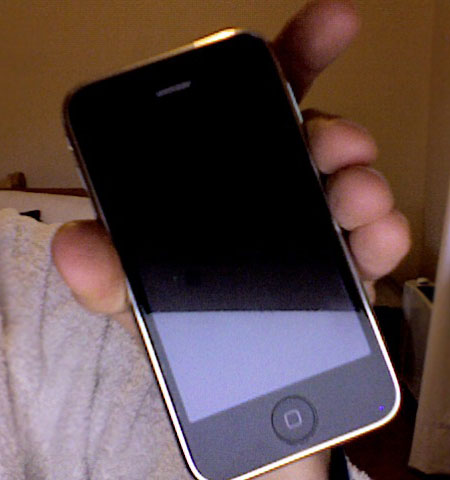Antennagate: Why Didn’t Apple Pick A Better Weak Spot?

Like many people I’ve been following the iPhone 4 Antennagate issue with some interest, since I’m thinking about upgrading from my old iPhone 3G to the new iPhone 4 when it arrives here in Australia.
I can understand how the old signal strength bars could make people think that the attenuation was bigger than it really is (although 24dB is still a big drop, whichever way you look at it).
I can also appreciate that all phones have antenna weak spots, and although the iPhone 4 attenuation is worse than most, this is counterbalanced by the improved reception overall.
Drawing attention to the weak spot with a black bar – X marks the spot, as Steve Jobs put it – certainly doesn’t help matters.
However, what I don’t understand is is this: Why did Apple put the weak spot where most people would touch the phone when using it? This, to me, is a design flaw.
Look at Apple’s own comparison with other phones’ weak spots. All the other phones have the weak spot on the top or bottom. These areas aren’t normally touched when holding the phone, so the weak spots aren’t a problem. Common sense.
So why didn’t Apple put the weak spot on the top or bottom of the iPhone 4?
I also don’t understand the whole “don’t hold it that way” thing. Many people on the MacRumors forums seem to think that most people wouldn’t hold a phone with the ball of their thumb touching the bottom left hand corner – unless they’re left handed. I’m right handed, and this is the natural position that I hold my iPhone 3G in when using it (and when making calls):

How else are you supposed to hold it? Like this?

I don’t get it.
I have no problem with a phone’s signal attenuating when held – that is to be expected. What I don’t understand is why Apple put the weak spot in such a commonly-held place on the iPhone 4, then told people to change the way they hold the phone. Just seems like madness.
Maybe someone who knows more about antenna technology than me (not hard!) can explain…?









July 21st, 2010 at 4:50 am
First, let us understand that this design works and works well. I’ve not had an issue with reception when I hold it in the “wrong” position.
However, my iPhone 4 does experience similar signal loss as my old phone did in certain locations, regardless of how it is held.
At the worst, it is a small inconvenience and overall, it is a non-issue.
July 24th, 2010 at 10:04 am
@MEES: Thanks, it’s good to hear that it’s not as big a deal as some people make out!
Still don’t understand why Apple picked such a regularly-held place for the weak spot though.
December 24th, 2011 at 9:22 am
Having researched this matter thoroughly and scientifically for a well-known independent electronics magazine; I can assure you the problem exists in every phone, but will depend very much on:
1) Genetics – the majority of the population have moist hands, with a minority possessing genes that result in dry hands. Wet hands exacerbate the signal-loss issue.
2) Location – in a strong 3G area, the frequencies in use are less affected by the issue.
The thing to understand is that if you install a signal dB noise signal application you can clearly view gradual increasing signal degradation. It just so happens that in full signal areas, this will be a minor inconvenience – however in middle strength areas and below does cause loss of signal.
We investigated *all* iphone factory variants and found them to be built identically, with particular reference to the antennae. All the phones are the same, but user experiences vary due to the above aforementioned reasons.